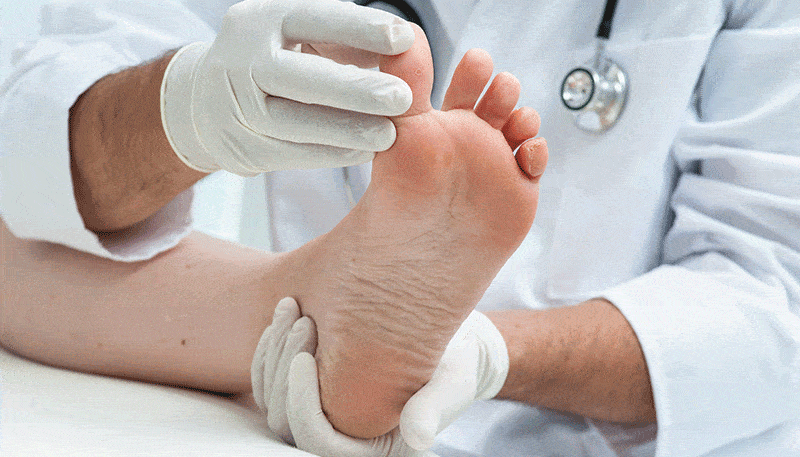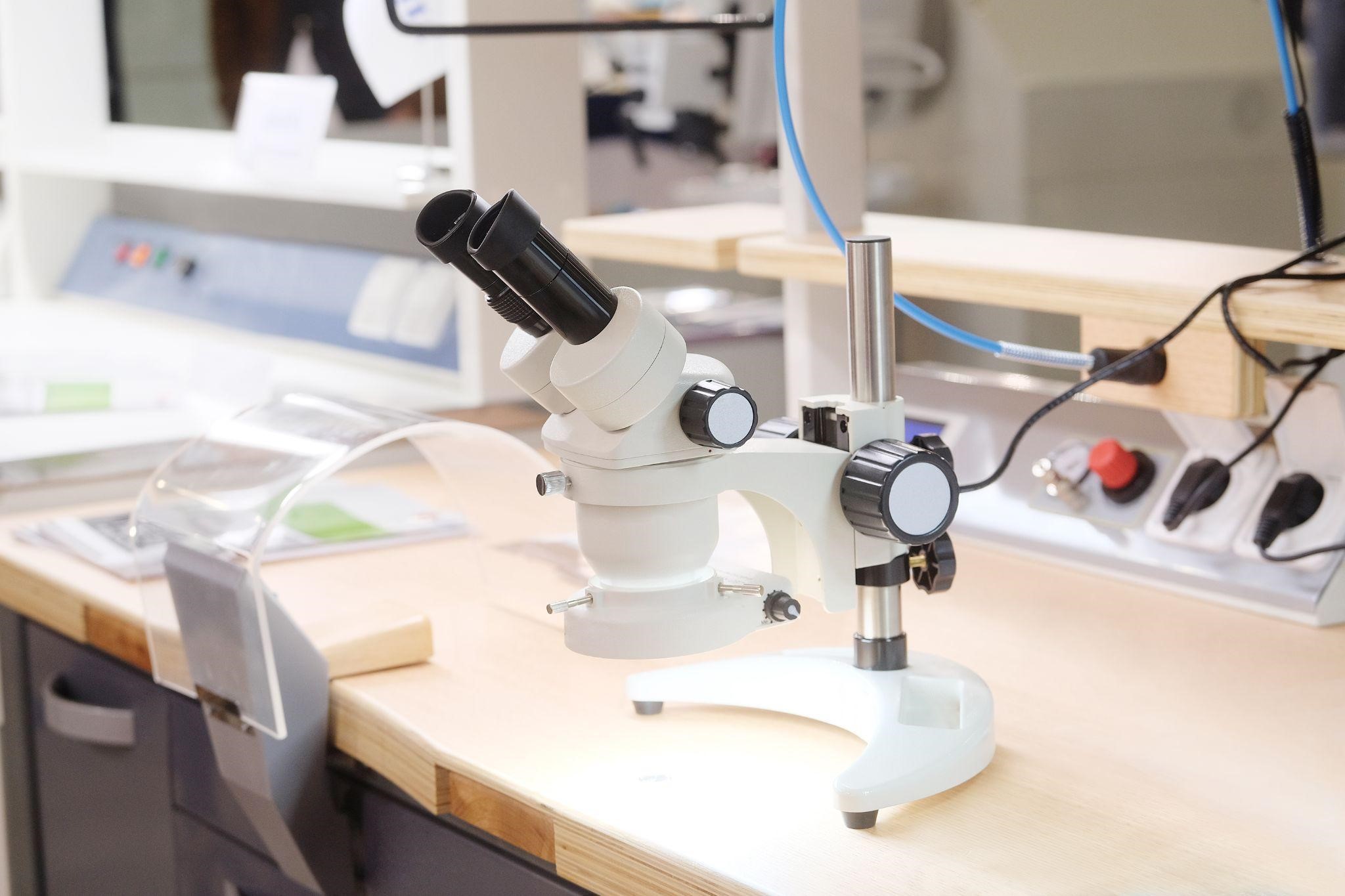What To Expect During a Diabetic Foot Checkup
Having diabetes increases the risk of developing foot problems. These include neuropathy and peripheral vascular disease, which come with pain, tingling, numbness, swelling, and discoloration. Diabetic foot issues that are not treated right away may lead to more serious complications, like deformities and infections. So, it’s best to get a routine foot exam.
Why Should You Get a Foot Exam?
Regularly checking your feet offers various benefits. It helps detect foot problems at their earliest stages and reduces the risk of more severe complications. A foot checkup is also crucial if you are experiencing pain, swelling, or loss of feeling in your feet. Through this assessment, your podiatrist can put together the most effective treatment for managing your symptoms and improving overall foot health.
What Happens During a Foot Exam?
A routine diabetic foot checkup is typically done by a podiatrist. They will check your health history, including the condition of your diabetes, complications you have experienced, and any foot issues you’ve encountered. Afterward, your doctor will proceed with the physical assessment that will cover a variety of painless, non-invasive tests to evaluate the overall condition of your feet. Here’s what to expect:
Dermatological Assessment
Your skin and nails are some of the first things your foot doctor will inspect. Diabetic symptoms like poor blood circulation can affect these parts of your body, so they are checked for any issues or abnormalities. Some of these include dryness, corns, calluses, blisters, cracking, and redness. They will also check your toenails and in between your toes for signs of fungal infection.
Neurological Assessment
One of the most common diabetic foot problems is peripheral neuropathy, a type of nerve damage that causes numbness in the feet and legs. This condition can prevent you from noticing cuts or scrapes on your feet, which may worsen and lead to an ulcer. Hence, a neurological exam is conducted to check your foot’s level of sensation through a series of tests.
- Monofilament Test
A monofilament is a thin, soft nylon wire used to assess your feet’s sensitivity to touch. Your doctor will first test it on your palm so you’ll know what to expect. Then, they will gently brush the instrument over the bottom of your big toe and on the three points on the ball of your foot.
- Vibration Testing
If you pass the monofilament assessment, your foot doctor may recommend this exam to double-check your foot’s sensitivity. A vibration test is done using a vibrating tuning fork held against your foot. If you feel its vibration or a small tickle, your nerves are functioning properly.
- Ankle Reflexes
Your doctor may also check your ankle’s reflexes. They will do so by tapping your ankle with a small mallet and checking how your body reacts.
- Pin Prick Test
This test makes use of a small pin to prick your foot. It will determine your feet’s ability to feel the prick.
Musculoskeletal Assessment
This exam focuses on your foot’s shape and structure. Both aspects are crucial in ensuring the proper functionality of your feet, which also limits the risks of injuries. Your podiatrist will inspect your foot for abnormalities like bunions and hammertoes.
These foot conditions may cause excess pressure on your feet when wearing shoes, which might lead to a wound. Since wounds on diabetic feet may easily worsen and result in an infection or ulcer, detecting and treating these deformities early on will lessen potential risks.
Vascular Assessment
Another common diabetic foot problem is poor blood circulation, which results in slow-healing wounds. Your doctor will do a vascular exam to determine whether you have proper blood flow in your feet. It can be done by taking your ankle-brachial index (ABI) or performing a doppler ultrasound.
An ABI assessment is a simple test where your arm’s blood pressure is compared to the blood pressure on your ankle. Meanwhile, a doppler ultrasound is an imaging procedure showing the blood flow in your feet.
Knowing what comprises a diabetic foot exam will help you prepare and familiarize yourself with the process should you visit your local podiatrist. By getting a regular checkup, you can reduce pain and other symptoms of foot problems that are affecting your everyday routine and lifestyle. If you have diabetes or simply wish to have an expert inspect your feet, don’t hesitate to reach out to a foot doctor near you.


 Home
Home










